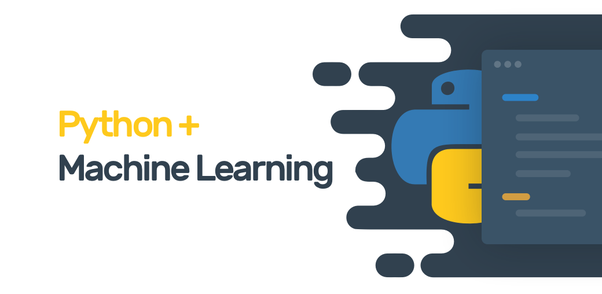Description
Introduction
Design patterns are proven solutions to common software design problems that arise during software development. They provide a standard terminology and are a way to communicate design ideas efficiently. In C++, design patterns help improve code maintainability, flexibility, and reusability. This course will introduce various design patterns, including Creational, Structural, and Behavioral patterns, and demonstrate how to implement them effectively in C++.
Prerequisites for Design Patterns in C++
- Basic Knowledge of C++: Familiarity with C++ syntax, concepts, and features, including object-oriented programming principles such as classes, inheritance, and polymorphism.
- Understanding of Software Development Concepts: A grasp of software development methodologies and best practices.
- Familiarity with Data Structures and Algorithms: Basic understanding of common data structures and algorithms used in programming.
- Problem-Solving Skills: Ability to approach and solve programming challenges effectively.
TABLE OF CONTENT
1. Introduction to Design Patterns
1.1 Overview of Design Patterns(Ref: UI Design Principles: Visual Communication and Layouts)
1.2 Importance of Design Patterns
1.3 Categories of Design Patterns
2. Creational Design Patterns
2.1 Singleton Pattern
2.2 Factory Method Pattern
2.3 Abstract Factory Pattern
2.4 Builder Pattern
2.5 Prototype Pattern
3. Structural Design Patterns
3.1 Adapter Pattern
3.2 Bridge Pattern
3.3 Composite Pattern
3.4 Decorator Pattern
3.5 Facade Pattern
3.6 Flyweight Pattern
3.7 Proxy Pattern
4. Behavioral Design Patterns
4.1 Chain of Responsibility Pattern
4.2 Command Pattern
4.3 Interpreter Pattern
4.4 Iterator Pattern
4.5 Mediator Pattern
4.6 Memento Pattern
4.7 Observer Pattern
4.8 State Pattern
4.9 Strategy Pattern
4.10 Template Method Pattern
4.11 Visitor Pattern
Conclusion
Understanding and implementing design patterns in C++ significantly enhances software design quality. By leveraging these patterns, developers can create more maintainable, scalable, and robust applications. Design patterns not only simplify complex design problems but also foster best practices in software development. Continuous exploration and application of design patterns will equip developers to tackle new challenges effectively and contribute to the evolution of software design methodologies.






